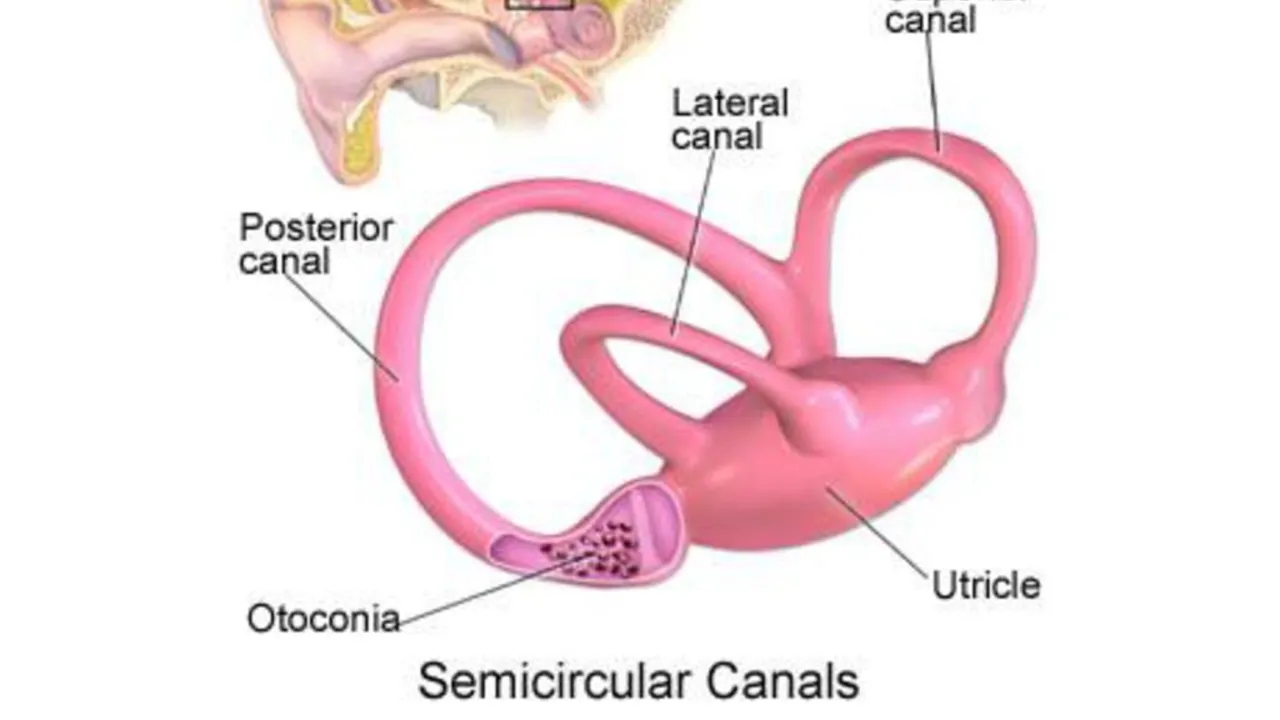Inner Ear Disorders: What They Are and How to Manage Them
If you’ve ever felt dizzy for no reason, heard a constant ringing, or struggled to hear someone across the table, you might be dealing with an inner ear disorder. The inner ear isn’t just about hearing; it also controls balance. When something goes wrong, you can end up with a mix of symptoms that affect daily life.
Common Types and Their Tell‑Tale Signs
There are a few inner ear problems that pop up most often:
Vestibular neuritis—sudden, severe vertigo that lasts days. You’ll feel the room spin, and simple moves like getting out of bed become a challenge.
Meniere’s disease—episodes of vertigo, low‑frequency hearing loss, and a buzzing or roaring sound (tinnitus). The attacks can be frightening, but they usually follow a pattern.
Benign paroxysmal positional vertigo (BPPV)—quick bursts of dizziness when you tilt your head. It’s often triggered by looking up or rolling over in bed.
Tinnitus—a ringing, hissing, or buzzing that has no external source. It can be constant or come and go, and it often co‑exists with hearing loss.
Labyrinthitis—similar to vestibular neuritis but includes hearing loss because the inner ear’s hearing organ (the labyrinth) is inflamed.
Why Do These Problems Happen?
Causes range from infections to head injuries. A viral infection can inflame the nerves that carry balance signals. Older adults might develop BPPV from calcium crystal buildup in the ear canals. Loud noises, earwax blockage, or sudden pressure changes (like during a flight) can also trigger symptoms.
Sometimes, the cause stays hidden—doctors call that “idiopathic.” Even without a clear trigger, treatment can still bring relief.
How to Get Relief: Practical Steps
See a professional—an ENT doctor or audiologist can run simple tests to pinpoint the issue. Early diagnosis speeds up recovery.
Medication—anti‑nausea pills, steroids, or diuretics (for Meniere’s) can calm vertigo and reduce swelling.
Physical therapy—vestibular rehab exercises help your brain relearn balance. For BPPV, a quick maneuver called the Epley can move misplaced crystals and stop the spinning.
Sound therapy—white‑noise machines or hearing aids can mask tinnitus, making it less intrusive.
Lifestyle tweaks—stay hydrated, limit salt (helps Meniere’s), and avoid caffeine or alcohol if they worsen symptoms.
When to Call the Doctor
If you experience sudden hearing loss, severe headache, vision changes, or vertigo that lasts more than a day, seek medical help right away. These could signal a more serious condition like a stroke.
Even if symptoms are mild, a quick check‑up can rule out underlying issues and give you a plan to get back to normal.
Inner ear disorders can be unsettling, but most people find relief with the right mix of medication, therapy, and simple home habits. Recognize the signs, act early, and you’ll be on the road to steadier hearing and balance.

